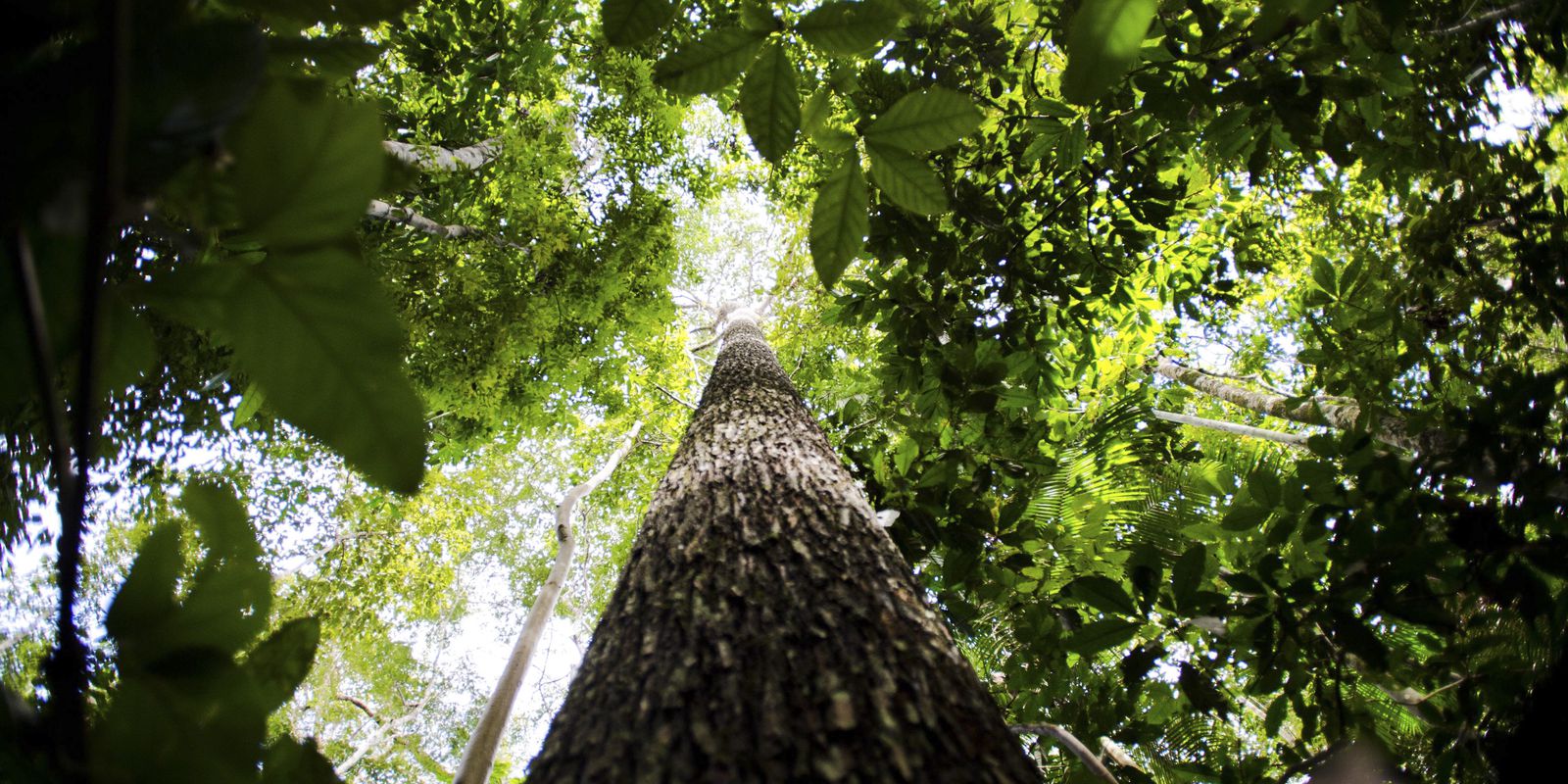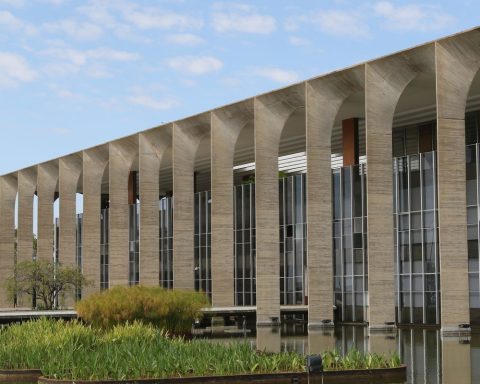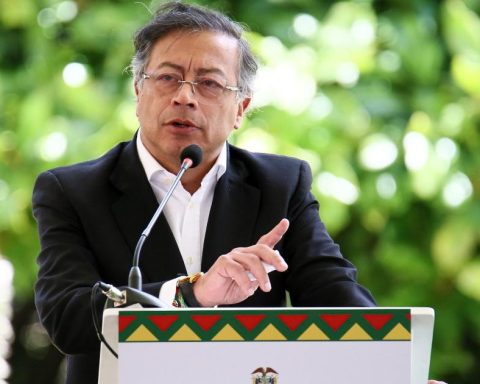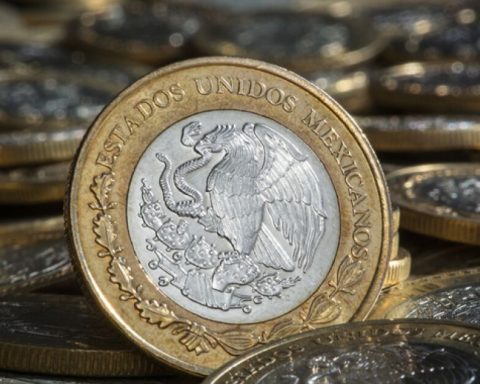The Ministry of the Environment and Climate Change opened a public consultation to receive contributions to the Action Plan for the Prevention and Control of Deforestation in the Legal Amazon (PPCDAm). Created in 2004, the plan aims to continuously reduce deforestation and create the conditions for the transition to a sustainable development model in the Legal Amazon. The contributions may be forwarded until April 26th on the PPCDAm page.
The plan was mainly responsible for the 63.5% reduction in the deforestation rate until 2019, when it was extinguished by the previous government. The current version of the plan aims to reach the goal of zero deforestation by 2030. The complete document can be viewed here.
Zero deforestation is achieved by maintaining or increasing the area of native vegetation at the biome level. To this end, it is necessary to adopt actions to combat illegal deforestation, encourage the conservation of areas subject to authorization for suppression provided for in a specific law through economic instruments and encourage the restoration and planting of native vegetation.
The plans for the Prevention and Control of Deforestation in the Biomes foresee the development of sustainable productive activities, with the resumption of policies for the sustainable exploitation of public forests, incentives for forest restoration, the bioeconomy, low-carbon agriculture and the establishment of “green” infrastructure ”.
The document also deals with environmental monitoring and control. This involves resuming control of territories occupied by illegal activities, clearing conservation units and indigenous lands, implementing inspection support instruments and improving the traceability of agricultural products.
Another point deals with land and territorial planning, with the implementation of the Rural Environmental Registry (CAR), titling of traditional territories, creation of conservation units and normative and economic instruments, such as the Amazon Fund and Bolsa Verde, payment for environmental services and regulation of the carbon market and commodity chains, in addition to norms to reinforce command and control actions in critical municipalities and in environmental emergencies due to deforestation.
“One of the main challenges is to integrate the fight against deforestation into Brazilian State policies, starting from the principle that the fight against the causes of deforestation cannot be conducted in isolation by environmental agencies”, informed the ministry.
In addition to committing to end illegal deforestation, the Brazilian government, upon signing the Paris Agreement, also committed to reducing greenhouse gas emissions. The Brazilian Nationally Determined Contribution (NDC) of 2015 establishes that Brazil must reduce its emissions by 37% by 2025, by 50% in relation to 2005 by 2023, and achieve climate neutrality by 2050.















